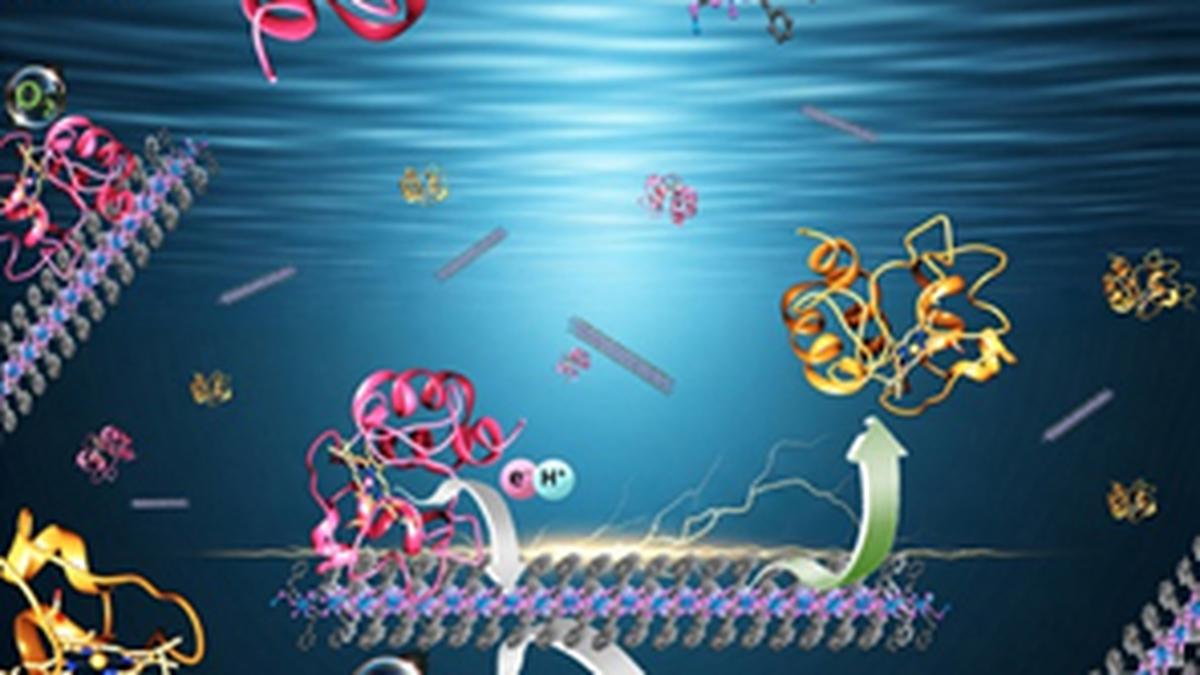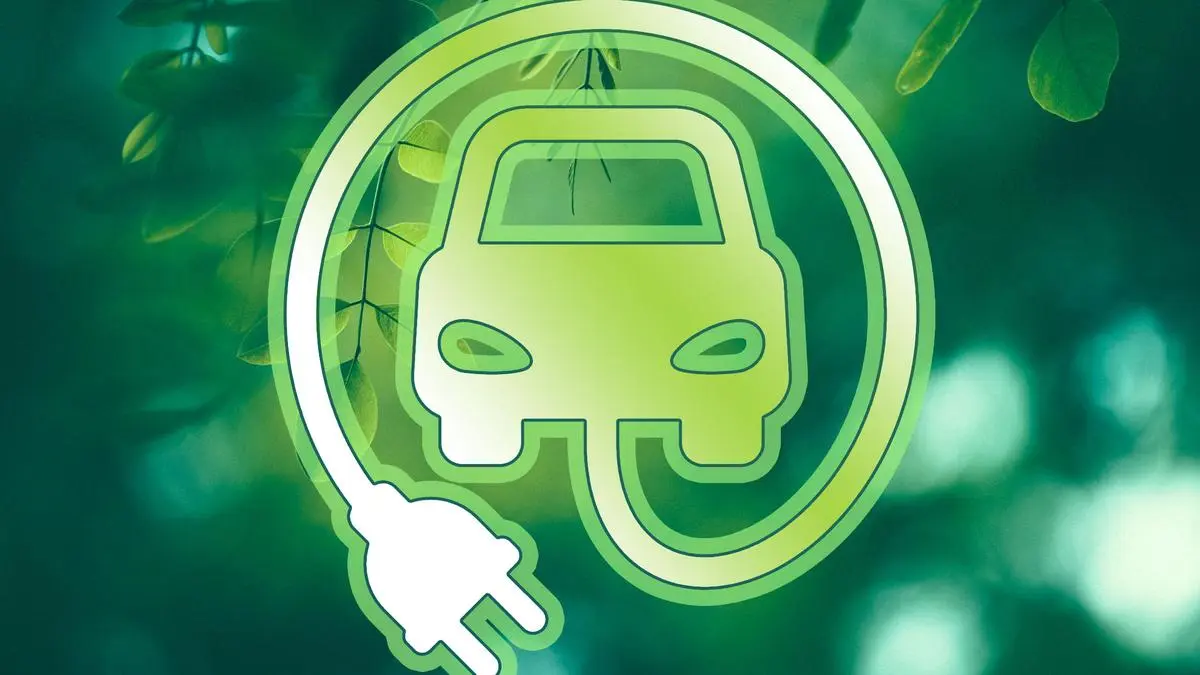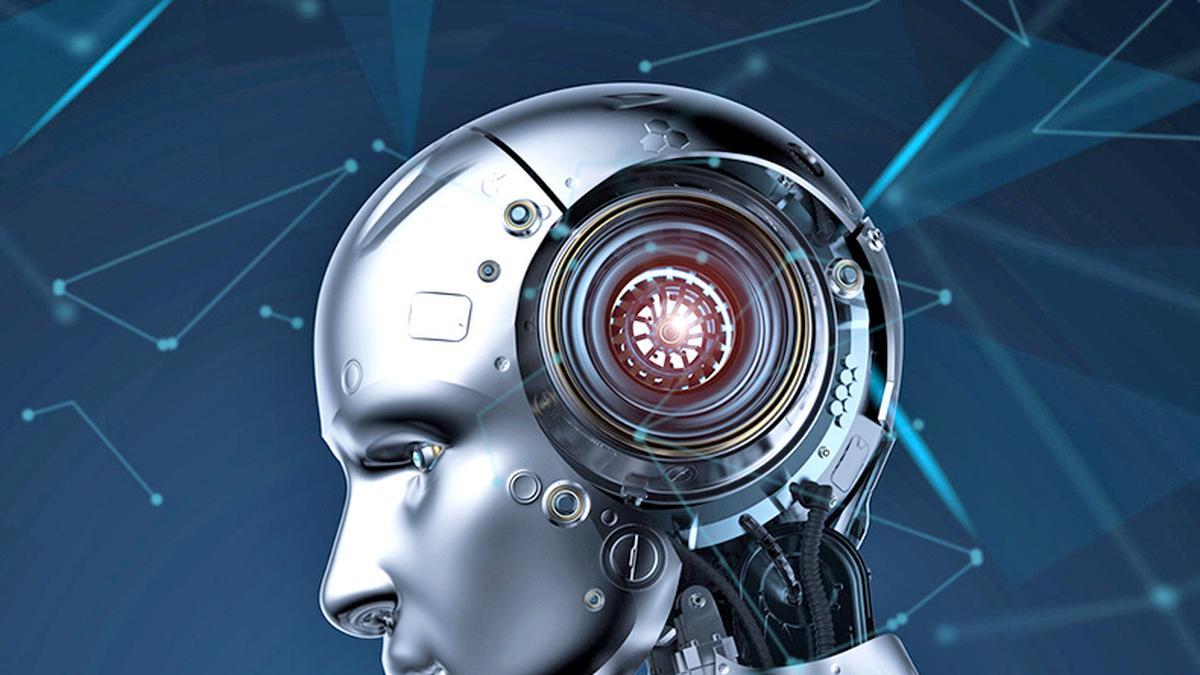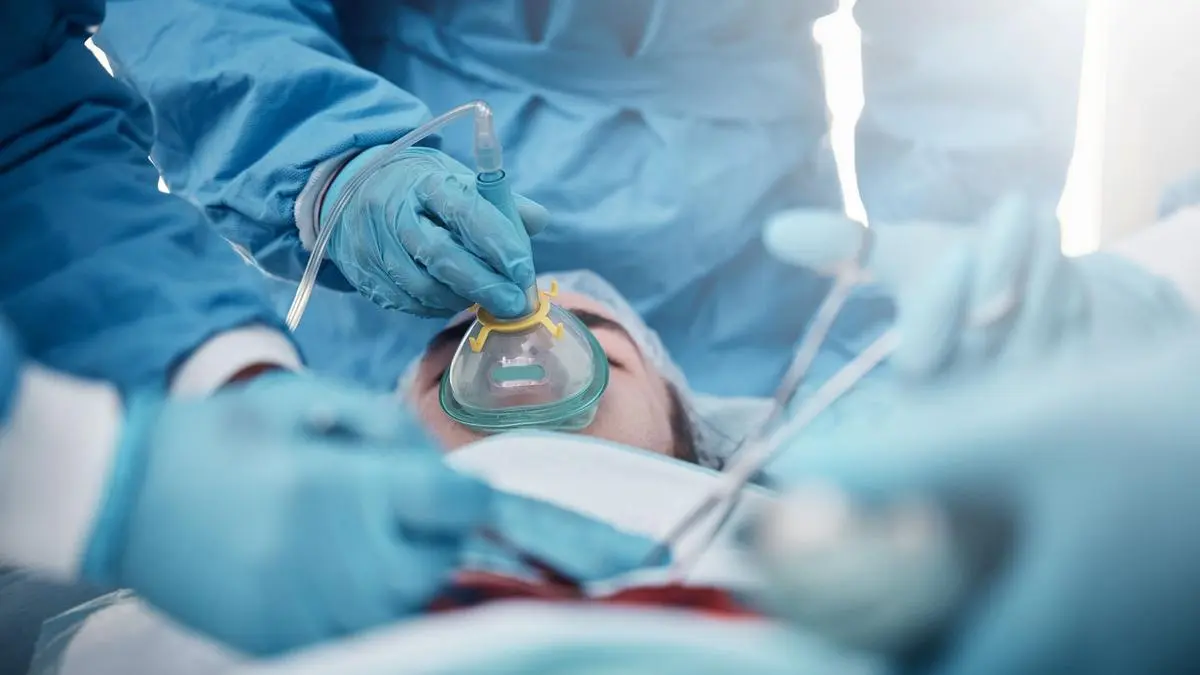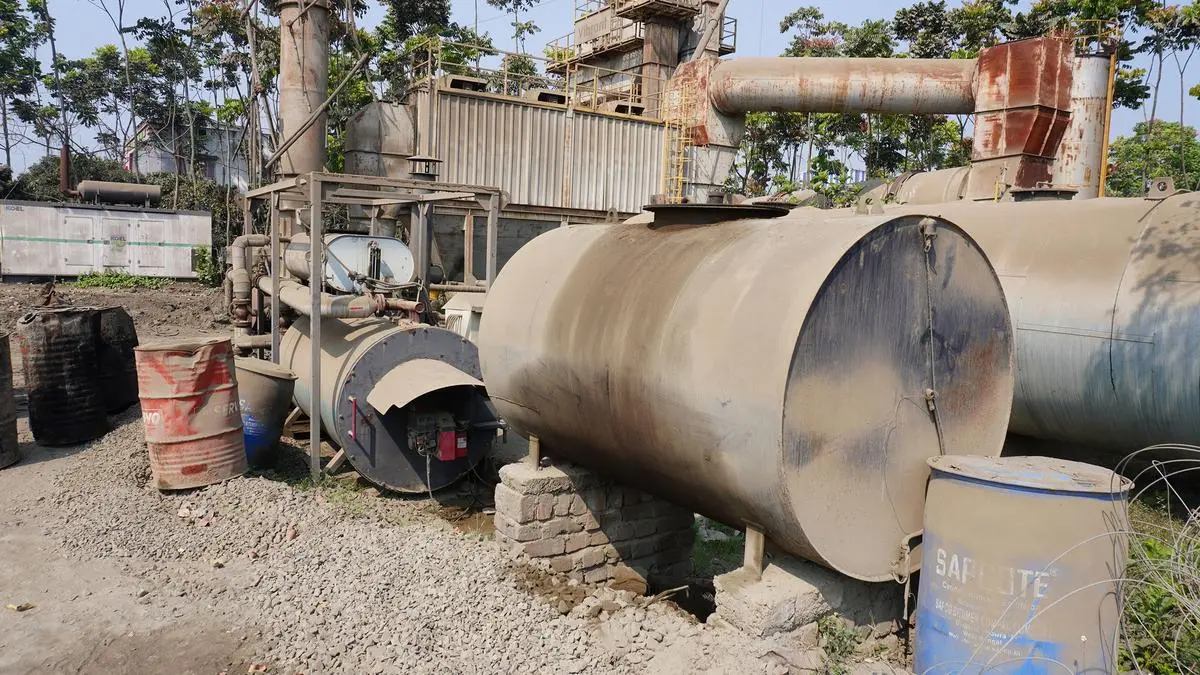Come August, negotiators will congregate in Geneva for yet another round of talks on hammering out a Global Plastics Treaty, under the aegis of the United Nations Environment Programme. They will pick up the thread from the failed negotiations at Busan in December 2024.
An agreement on tackling the plastics problem is delayed by differences over the approach to be taken — limiting the production and use of plastics or recycling it. (India is not in favour of legally binding limits or caps on the production of plastic polymers.)
The plastics problem is fast getting out of hand because it is hard to rein in an industry that is approaching a trillion dollars in size and produces about half a billion tonnes a year, even as the products have become so integral to daily life that they appear to be near irreplaceable. Yet, these polymers are also a growing problem because they pop up almost everywhere, including places where they pose a grave threat — such as human blood and semen, oceans and foods.
Solutions to convert plastic into more benign forms do exist — mostly in technical literature — offering ways to break these long-chain polymers into simpler stuff, such as diesel-like fuel and gas.
The problem, however, lies in the implementation. Only 9 per cent of all plastic waste is being recycled, compared with 12 per cent incinerated and 79 per cent ending up in landfills. The reason is the shortage of recycling infrastructure — the machines can turn only clean, homogenous plastic waste into oils or gas economically but waste collections are typically a mixed bag. In fact, each reactor is designed for a specific type of plastic.
If you can get homogenous plastic waste, you are in business. You can dust off the old pyrolysis technology and put it to use. Pyrolysis is simple enough. It typically involves two-step heating — first up to 230 degrees C to melt the plastic into a liquid and then heating the liquid some more to produce a suite of products, such as diesel, naphtha and kerosene.
Balancing factor
Since it is difficult to get consistent plastic as raw material, members of the scientific community are mooting co-pyrolysis of the two major anthropogenic wastes — plastics and biomass.
This is because biomass helps buffer the process. Biomass typically contains oxygenated compounds. When co-pyrolysed with plastic, which are typically hydrogen-rich, it can help balance the reaction (synergistic effect). The plastic needn’t necessarily be homogenous.
“Combining waste plastic and biomass in the pyrolysis process can improve the quality and yield of the resulting bio-oil, making it a more viable substitute for fossil fuels,” says Saumitra Saxena of the Clean Energy Research Platform, at the King Abdullah University of Science and Technology in Thuwal, Saudi Arabia. In his paper titled ‘Pyrolysis and beyond: Sustainable valorization of plastic waste’, Saxena notes that “plastics typically have higher hydrogen content, which can enhance the deoxygenation of biomass-derived compounds, leading to a higher-quality oil with better fuel properties”.
Describing co-pyrolysis of waste plastic and biomass as “an emerging area in waste management”, he notes that the process “can significantly reduce the environmental footprint compared to separate pyrolysis of plastics and biomass”. Biomass can help crack long-chain hydrocarbons in plastics, reducing the formation of undesirable byproducts, such as char and tar.
In another paper, scientists of the King Fahd University of Petroleum & Minerals, Saudi Arabia, note that co-pyrolysis of waste plastic and biomass “greatly enhances the properties of fuel” due to the synergetic effect.
“It is well known that plastic waste has a low oxygen-to-carbon and high hydrogen-to-carbon ratio whereas biomass has a high O-C and low H-C ratio. The co-pyrolysis process supports solid biomass inherently and increases the product quality and uniformity while minimising coke deposition caused by pure plastic waste pyrolysis,” says the paper authored by Ahmad Nawaz and Shaikh Abdur Razzak.
Despite the advantages, commercial implementation of co-pyrolysis technology is still nascent, observes Saxena, adding that largescale adoption requires further research and development to overcome technical and economic barriers.
“Key focus areas include improving reactor designs, enhancing process efficiency and developing robust supply chains for feedstock collection and preprocessing,” the paper says.
More Like This
Published on April 6, 2025
